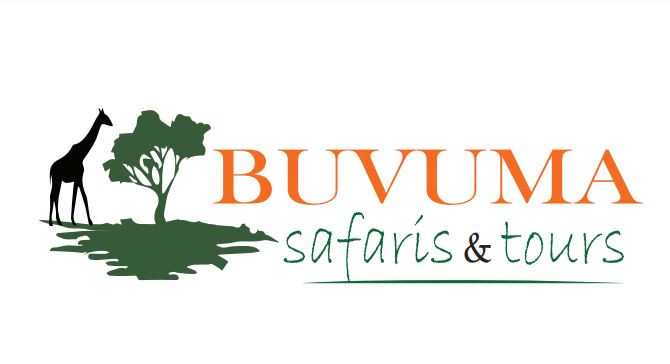Virunga National park
One of the oldest national parks in Africa ,Virunga national park is one of 4 mountain gorilla destinations in the world situated along the eastern border of the Democratic Republic of Congo, the park is one of the oldest national park in Africa and a UNESCO World Heritage. The park lies in the Great Virunga Conservation Area which is a home to mountain gorillas together with Volcanoes national park in Rwanda and Mgahinga national park in Uganda, in the forests of Virunga national park there is at least a quarter of the world’s endangered mountain gorillas and the unique Okapi’s Zebra – giraffe.
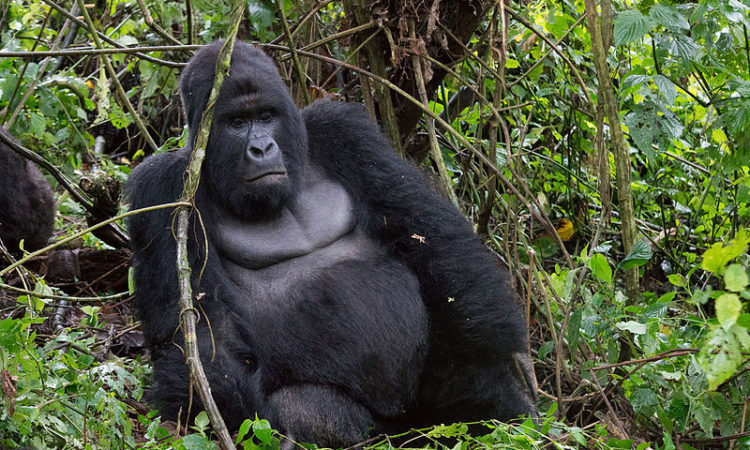
Virunga national park is features a biodiverse protected inhabited by a plethora of weird and wonderful wildlife, the park is arguably the best national park to visit if you wish to experience Africa’s true natural beauty and this is witnessed by the great beauty and biodiversity in the park.
Virunga national park covers an area of 7800 square kilometers of land and sits along the Great Albertine Rift to the East of DR Congo and bordering Uganda to the west, the park has 3 sectors that is The southern, Northern and Central sectors.
· The northern sector covers parts of Semiliki River basin and is dominated by savannah vegetation and sections of montane forest, because of the high altitude and presence of Mount Stanely the sector “referred to as the largest glacial region in Africa” is dominated by Alpine Vegetation.
· The Southern sector contains the seven volcanoes of the Virunga “Virunga Massif”, these volcanoes were formed as a result of tectonic movement in the earth’s crust which led to great volcanic activities, the most prominent of these volcanies are Mount Nyirangongo and Mount Nyamulagira.
Virunga national park’s unspoilt terrain is characterized by dense forest, savanna, wetlands, lava fields, deep valleys, volcanoes and glaciated peaks of Rwenzori Mountains.
Climate/ Weather in Virunga national park
The climate in Virunga national park and the general Albertine Rift is greatly influcenced by Inter tropical Covergence Zone movements and Southern El Nino Oscillation, the park experiences rain and dry seasons. the rainy season occurs between March and mid – May and between September and November, the rest of months of the year are dry season.
Fauna in
Virunga national park is a home to 196 species of mammal, 67 species of amphibians, 708 bird species and 108 reptiles including the Nile crocodiles.
Mammals in the park includeAardvark, African Buffalos, African Bush Elephants, African Leopards, Bay Duikers, the Blue Duiker, Boehm’s Bush Squirrel, Bongo, Bushbuck, Checkered Elephant, Crested Porcupine, Emin’s Pouched Rat, Giant Forest Hog, Giant Pangolin, Lord Derby’s Scaly tailed Squirrel, Marsh Mongoose, Okapi, Red River Hog, Tree Pangolin, Water Chevrotain, Western Tree Hyrax, Yellow Backed Duiker.
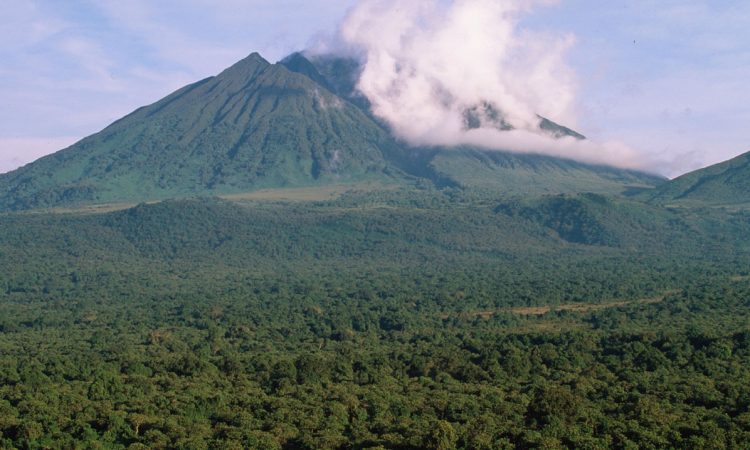
Virunga national park is recognized as a lion conservation Area as it still hosts a sizeable number of lions despite the poaching.
Mountain Gorillas in Virunga national park
Virunga National Park is one of the 4 gorilla destinations in the world with at least a quarter of the world’s endangered mountain gorillas, the park hosts both wild and habituated gorillas which are open for gorilla trekking safaris. Habituated gorilla families in Virunga national park are 8 include
· Kahuzi Biega
· Bageni Family. …
· Mapuwa Family. …
· Rugendo Family. …
· Lulengo Family. …
· Munyaga Family. …
· Humba Family. …
· Nyakamwe Family
Primates in Virunga national park
In addition to Mountain gorillas, Virunga national park is a home to several species of primates including Chimpanzees, Blue Monkeys, Central African Red Colobus, De Brazza’s Monkey, Dent’s Mona Monkeys, Golden Monkeys, Grey Cheeked Mangabey, Hamlyn’s Monkeys, Mantled Guereza and Olive Baboon among others.
Birds in Virunga national park
Virunga national park is a home to over 706 bird species with 24 species that are considered to be endemic to the Virungas, these birds include Narrow-tailed starling, Madagascar bee-eater, Grey-throated Barbet, Double-toothed Barbet, Yellow-billed Barbet, Rwenzori turaco, Black bishop, Rwenzori batis, Red-throated alethe, Stripe breasted tit, African goshawk, Olive Sunbird, White-headed wood hoopoe among others.
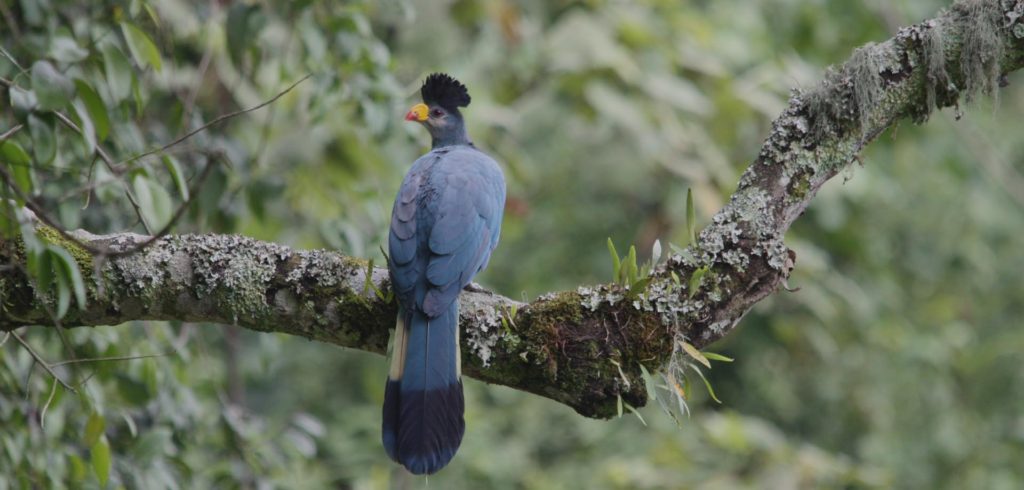
Local people
Sections of Virunga national park are inhabited by local tribes including the Batwa, Mbuti, Hutu and Tutsi, these tribes showcase their rich cultures and rich heritage through songs, traditional dances, languages, traditional homes and food among other.
Top activities to do in Virunga national park
Mountain gorilla trekking
Mountain gorilla trekking is the highlight activity in Virunga national park offering an opportunity to visit the critically endangered mountain gorillas, the park hosts 8 habituated gorilla families and on this activity you are to encounter only one family.
Gorilla trekking starts early in the morning with briefing at the park’s headquarters, rangers take you through the rules and regulations to follow during the trekking, group you into 8 people and then hike into the forests looking for the gorilla family you have been assigned to. The trek takes about 3-5 hours depending on the gorilla family you are trekking and where it spent the previous night, you will spend one in the presence of the gorillas taking pictures and learning more about their behavior, watch them feed and groom each other.
Chimpanzee Habituation Experience
Chimpanzee habituation in Virunga national park is one of the best primate activities to do and it was started way back in 1987, this interesting experience starts as early as 05:30 am as the chimpanzee start their day. Visitors follow the chimpanzees as they move in search for food on the group and on tree tops, chimpanzees are very mobile creatures and rarely stay in one place for long during day. Searching and following them in the jungles of Virunga is a thrilling experience to do, during this activity visitors are able to learn more about the chimpanzees, their way of living and the group dynamics.
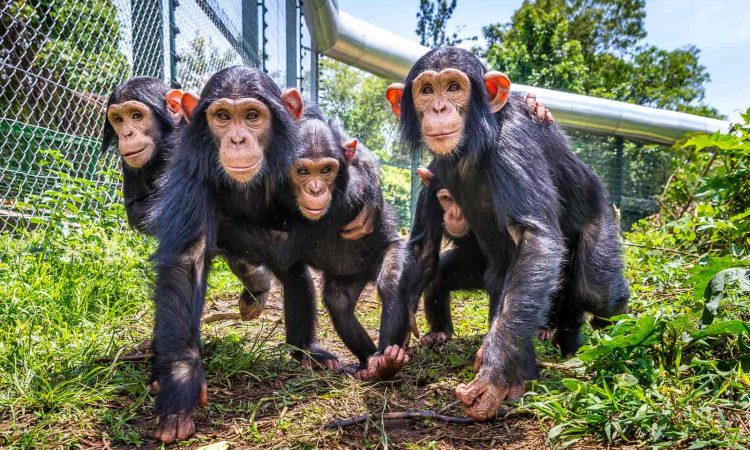
Hiking Mount Nyirangongo
Mount Nyirangongo is one of the most active volcanoes in the world and it has so far erupted 34 times in the recent centuries with the latest being in May 2021, hiking this volcano is a very adventurous experience as it rewards hikers with breathtaking scenery of the Virunga ranges, the beautiful forests and other volcanoes in the area.
Hiking Mount Nyirangongo requires hikers to be in a greater mental and physical preparedness, also carry enough drinking water and snacks to help you regain lost energy.
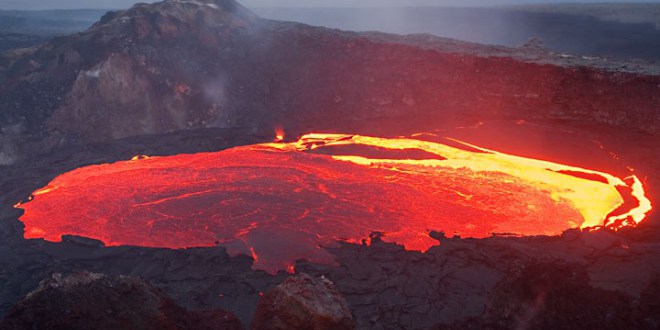
Nature walks
Virunga National park hosts a great diversity of flora and fauna that is best explored on a guided nature walk through secure sections of the park, this activity is done in company of armed rangers and rewards visitors with magnificent scenery and landscape including spectacular sights of volcanoes like Mount Nyirangongo. You will also be able to see various animals, primates and birds inhabiting in the park.
One can also take walks to view the eroded valleys of Sinda and Ishango and marvel at the snow – filled Rwenzori Mountains across the border in Uganda.
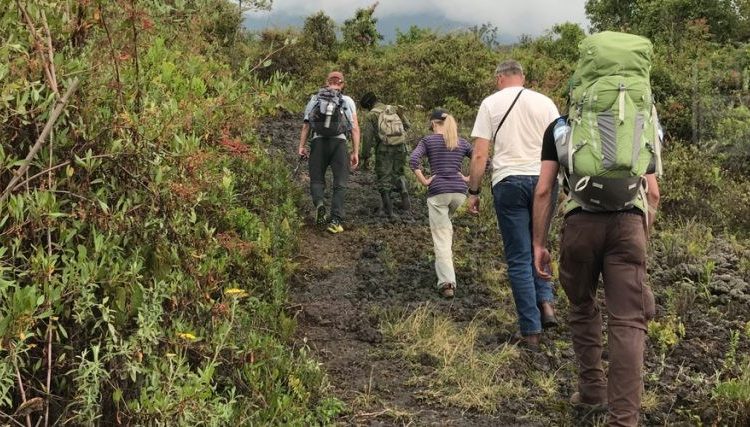
Visit the Batwa community and Cultural Trail
The Batwa Pygmy people have been living in the forests of Virunga, Mgahinga, Bwindi and Volcanoes national park for thousand years, however in Uganda and Rwanda they were evicted as the forests were designated as protected area and now they live along the edges of the forests.
The Batwa cultural trails led you the Batwa community offering visitors a chance to learn how they build their huts, prepare their local foods, be entertained by local dances and songs, learn how to play various instruments and learn several activities such as harvesting honey and their ancient farming methods.
Getting to Virunga National Park
Virunga national park can be accessed using several routes
Rwanda – Congo Route
This is most used route by tourists and the best way is to fly to Kigali International airport in Kigali City, then transfer to the Congo Border. It is recommended you fly to Kigali City in the afternoon and head to the Congo Border in the morning, the border is closed at night.
From Kigali to Gisenyi, the nearest town to the Congo border, it takes about 4 hours by road, there private and public means of transport.
Note: visitors need to have 3 key documents to cross the border that is a yellow fever vaccination card, a valid passport and Visa. Your documents are stamped from the Rwandan side before crossing to the Congo side from another seal, once released from the Congo side, the journey continues to Goma town which is very close to Virunga national park taking only 30 minutes.
Uganda – Congo Route: once visitors arrive at Entebbe International Airport, there are two ways to get to the border of Uganda and Congo that is by road and by plane. Road journey starts from Entebbe to the border taking approximately 8 hours, there are public bus operators such as the Horizon buses, the Jaguar, the Bismarkan and Post buses dropping you off to Kisoro the closest town to the Congo border in Bunagana.
By flying – there are chartered flights from Entebbe International Airport to Kisoro Airstrip.
From Bunangana border it takes only 30 minutes to reach the Virunga national park
Water transport: adventurous tourists can use a 3 hour boat cruise along Lake Kivu, the boat cruse allows one to enjoy the great views of Rwanda’s rolling hills that are covered with green terraced plantations and distant views of the Virunga volcanoes.
